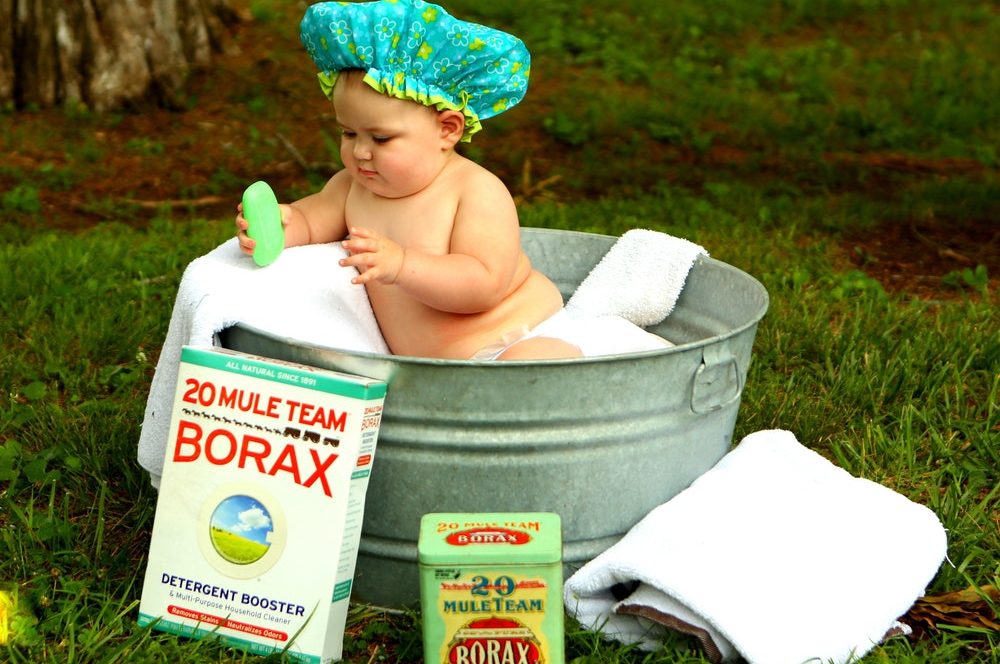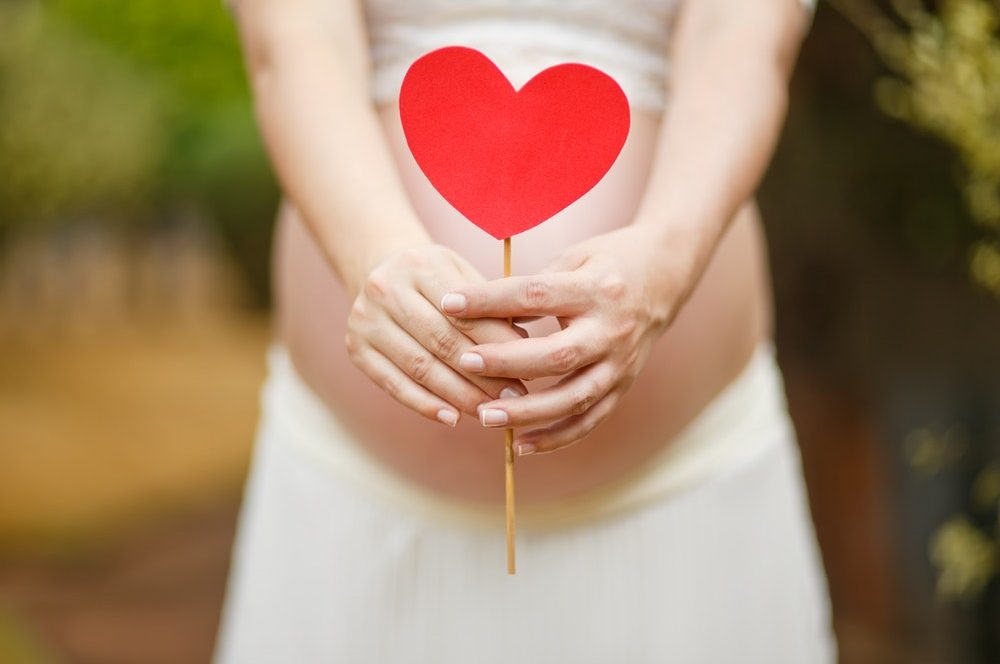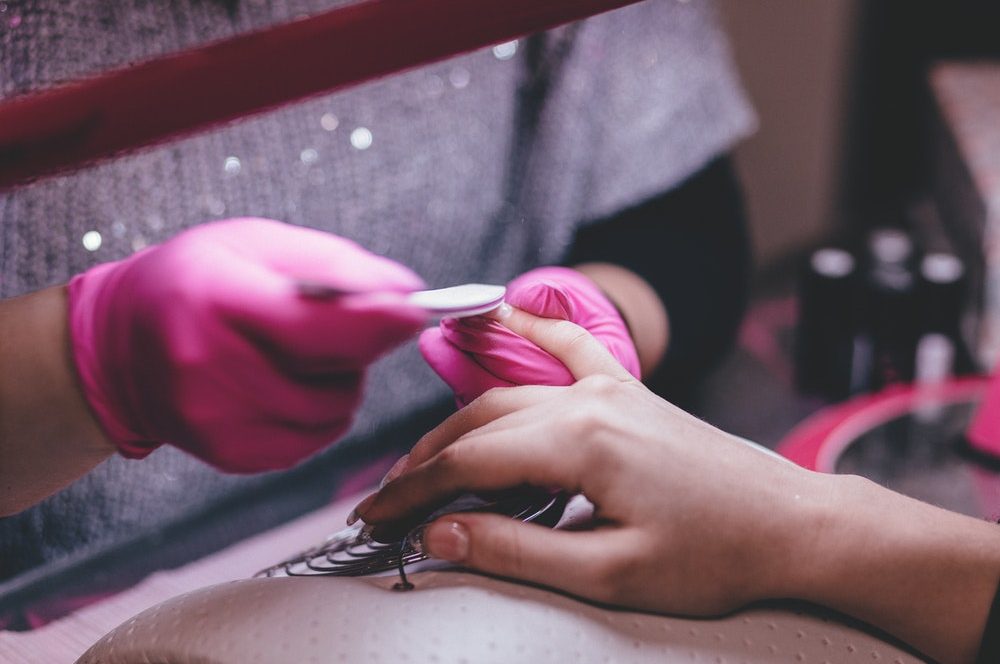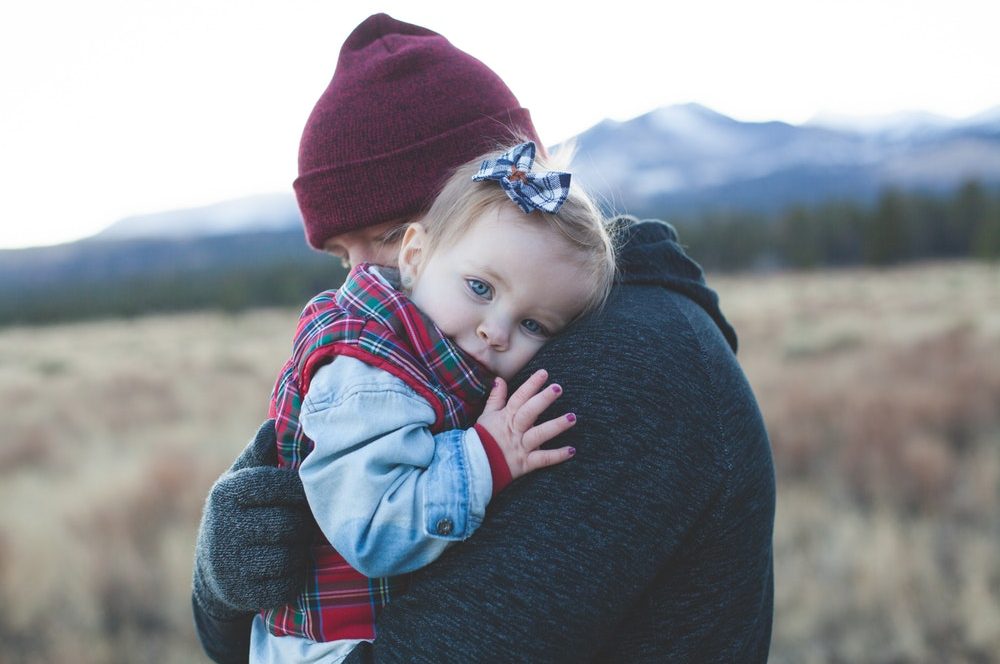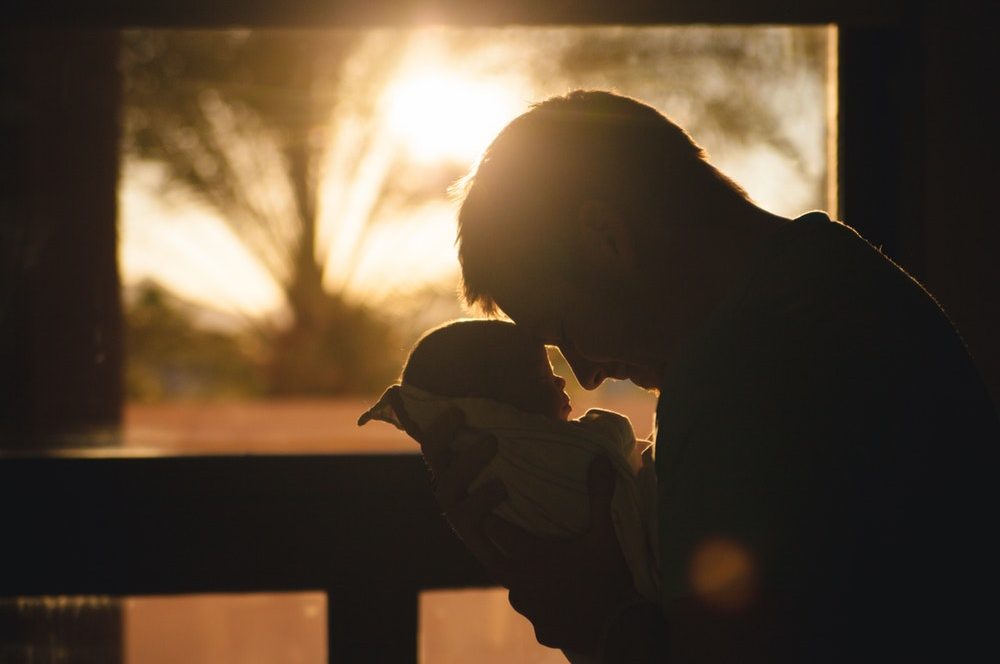One of the chief joys of being a new mom is giving your baby a bath. There’s something delicious about a slippery, soapy newborn, and there is nothing better than the smell the top of a freshly-bathed baby’s head. However, bathing your babe for the first time at home, away from the experienced hands and eyes of nurses, can be nerve-wracking for inexperienced mothers. Here are some helpful hints on how to give your newborn baby a bath
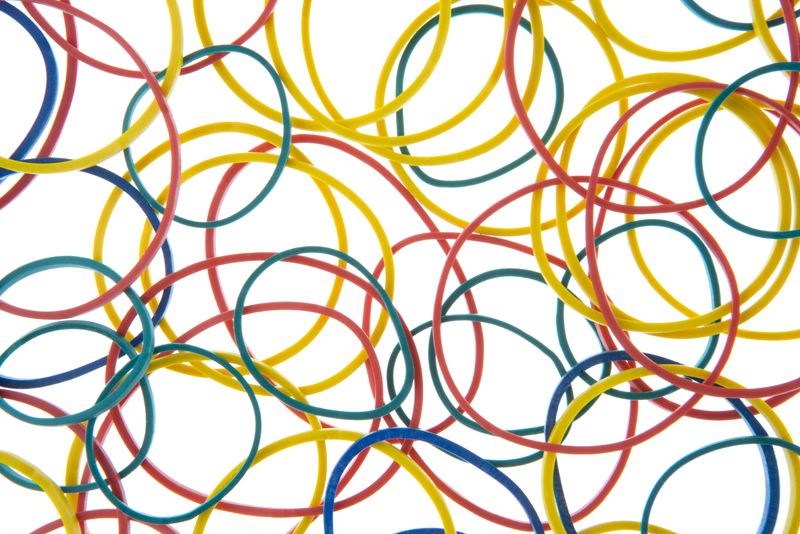 Every pregnant woman is highly attentive to their bodies, often worrying about every twinge as a sign something might not be wrong, or confused about whether what they are experiencing is normal. One symptom almost every pregnancy features is Braxton Hicks contractions. But what do Braxton Hicks Contractions feel like?
Every pregnant woman is highly attentive to their bodies, often worrying about every twinge as a sign something might not be wrong, or confused about whether what they are experiencing is normal. One symptom almost every pregnancy features is Braxton Hicks contractions. But what do Braxton Hicks Contractions feel like?
Every woman waits breathlessly for that moment when they finally, definitely, feel their baby kick or move within them. Being pregnant, especially for the first time, is full of scary and amazing experiences, and that is one of them. There is something magical about knowing that the new life you knew was percolating in there has finally expressed itself in a way you can’t doubt. Every mom to be will eventually ask – when will I feel the baby kick?
Every mom knows that a baby’s belly just begs to be kissed. No diapering or outfit change should go without a quick nuzzle, especially in the adorable little cup of their navel. But moms of newborns frequently look at their infant’s still-healing navel stump and go, “Ew! What do I do with that?” Although it may look gross and intimidating, don’t be afraid. Taking care of the umbilical cord is easy, and thankfully, it doesn’t take long until your baby’s tummy looks just like you’re accustomed to seeing on everyone else’s babies.
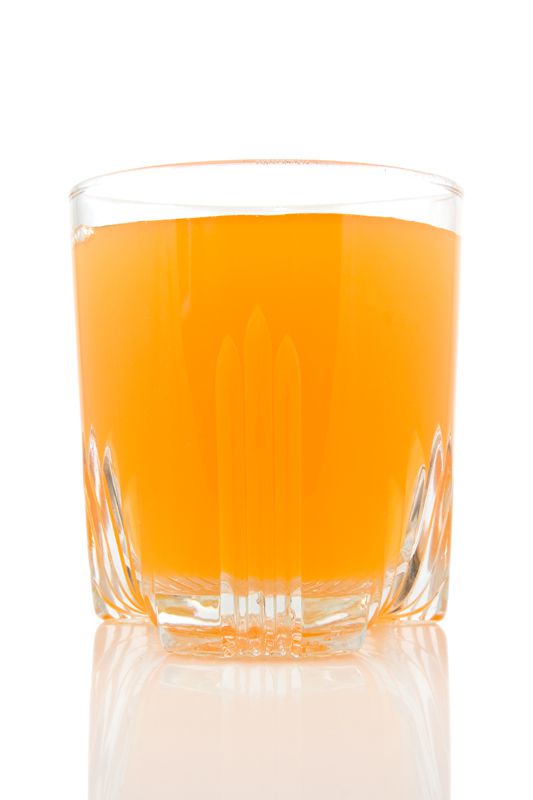 So there you are, staring at that glass of painfully-sweet, ultra-sugary orange liquid and wondering, “What on earth is that? Isn’t this something the doctors normally say not to drink?” Don’t freak out, it’s a normal test that all mums-to-be have to go through, sometimes multiple times per pregnancy. What is a glucose tolerance test? It is how your doctor or midwife can determine whether you have pregnancy-induced diabetes. Diabetes is a disorder in the way your body metabolizes sugar, and pregnant women are susceptible to developing it due to the way that baby is wreaking havoc with your hormones. No, it’s not just sudden tears and bizarre cravings for mango that come with the territory: you could get very sick if you don’t keep your blood sugar in check.
So there you are, staring at that glass of painfully-sweet, ultra-sugary orange liquid and wondering, “What on earth is that? Isn’t this something the doctors normally say not to drink?” Don’t freak out, it’s a normal test that all mums-to-be have to go through, sometimes multiple times per pregnancy. What is a glucose tolerance test? It is how your doctor or midwife can determine whether you have pregnancy-induced diabetes. Diabetes is a disorder in the way your body metabolizes sugar, and pregnant women are susceptible to developing it due to the way that baby is wreaking havoc with your hormones. No, it’s not just sudden tears and bizarre cravings for mango that come with the territory: you could get very sick if you don’t keep your blood sugar in check.
Is it Safe to Dye Your Hair While Pregnant? According to all the information we have at hand, yes, it’s perfectly safe for you to get your roots touched up with hair dye while you’re expecting. Please! No one should look like a skunk in their post-birthing pictures! Based on the data which OTIS (Organization for Teratology Information Services) has gathered over years of research, modern hair treatments, including dyes and bleaches, are low in harmful chemicals. So go get thyself pretty: this includes perms, chemical relaxers, highlights, etc., although to be ultra-safe you might want to wait until after the first trimester to do full-head treatments, to minimize absorption of any chemicals through the scalp. Scientists and stylists alike agree, the chance of any of these processes actually hurting you or your baby are extremely minimal.
The aestheticians polled for this question said the biggest risk in having your hair colored while pregnant is that the hormones running rampant through your body might influence the absorption of the dye in your hair shaft, meaning the color might come out a bit different than expected. The chances of a botched dye-job can be diminished by getting your beautification done at a salon by a professional, rather than at home with a box and a pair of gloves. Those people paid money to learn how to do hair in the best and most technically correct ways—you standing at your kitchen sink and struggling to get the back of your head to match the front is neither the best nor technically correct way to color your hair. You’ve been warned!
Is Sushi Safe While Pregnant?
Sorry, my harajuku girls who love their sashimi, but you gotta lay the chopsticks down for a few months until that bun’s done in the oven. (At least for some kinds of sushi, that is.)
Why isn’t sushi safe while pregnant?
According to OTIS (Organization for Teratology Information Services), raw fish can contain parasites and bacteria which a normal body can easily fight off but which a pregnant mom’s suppressed immune system might not be able to deal with. Also, some larger fish such as mackerel, salmon and tuna have high levels of mercury and other heavy metals, depending on where the fish was obtained (farmed fish have higher concentrations than wild-caught fish), which are very dangerous for a developing brain.
There could also be issues with cleanliness in the storing, preparation and service of raw foods. Although the chances of any of these issues troubling you in particular are extremely low, it’s always best to err on the side of caution when it’s not just your health on the line.
However, all is not lost, my little sushi addicts: a California roll is still perfectly safe, as are rolls made without fish or with cooked seafood. So enjoy what you can while you’re pregnant, and rest easy in the knowledge that you’re making the best decisions for you and your baby. Many meat teryaki rolls, tempura and veggie rolls are available. Swap the white for brown rice and you’re even better off. The seaweed wraps are filled with anti-oxidents and goodness and there are plenty of non-raw choices in most restaurants. So enjoy what you and and put the spicy tuna on your wishlist for the first post-birth feast!
Your first pregnancy is always full of questions and anxiety: what’s normal? What can and can’t I do? It’s nice to have some concrete facts to go by. This one’s pretty easy: The answer to ‘can I use nail polish while I am pregnant‘ is yes.
According to the Organization of Teratology Information Services (OTIS, they study and release information on substances and practices that could cause birth defects or harm developing babies), it’s fine, just be wise. Heck, go all out and get yourself a mani-pedi, because once you hit the middle of the second trimester you’ll be lucky to be able to see your feet, much less be able to contort yourself around the curve of your baby belly to paint your own toenails, right? At least then you’ll know they’re presentable without having to use a handheld mirror to check!
When do I start my baby on solid foods? This is the million-dollar question, and it doesn’t have a really hard-and-fast answer.
When I was a brand-new-and-clueless mum, I had read all the books and was trying to do things “right.” I breast-fed and angsted over when to start my daughter on solids. According to the doctors who get paid the big bucks to tell us the right ways to do things, solids should be started when your baby has doubled her birth weight, can hold her head upright, and begins showing interest in other foods and can regulate her feeding by turning away from the breast or bottle when she’s no longer hungry. They also bandy around the number of four months as the minimum age. Breast-feeding purists argue that a baby needs to only have breast milk (as in NO juice, foods, or even water) for the first six months at least. Then you have the organic, fly-by-the-seat-of-their-slings mommies who say, whatever seems best, do it. Want your baby to sleep better through the night? Give ’em some rice cereal in their bottle. The war is on between these three factions, but it’s all in the interests of what’s best for a baby–the problem is, what’s best for Baby Peter might not necessarily be best for Baby Paul. Or Baby Rajesh or Baby Maria or Baby Xiao…you know what I mean.
So, when do I start my baby on solid foods? Basically, go with your gut and on your doctor’s recommendations. If you are a hardline breast-feeding advocate, it will not harm your baby to only have breast milk for the first six months of his life. Goodness knows, babies could do worse than breast milk! But also, don’t flog yourself if you decide to start giving Baby something solid before that six month limit, as long as it’s something in line with medical recommendations and age-appropriate.
The first solids to start babies out on are cereals, such as rice, which is the best non-allergenic cereal. Mix it with breast milk, formula, or distilled water. Then slowly move into fruits and veggies, pastas and meats and dairies. Offer new things in small doses and keep trying if they happen to reject something the first time, because babies need some time to really try things out. Make sure you always offer plenty of breast milk or the kind of formula your baby is accustomed to. Until they are completely weaned they will get most of their nutrition from liquids.
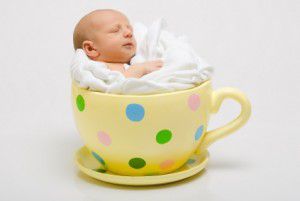 When my daughter was born they let me cuddle her for a moment before taking her to bathe and check. A few groggy minutes later I was handed a tightly-wrapped little bundle and asked myself silently, “Who ordered the huge burrito? And where’s my baby?” Then her little eyes peered merrily up and me and I said, “Oh, there you are…but how the heck do I unwrap you?” Here are our tips on how to swaddle your newborn.
When my daughter was born they let me cuddle her for a moment before taking her to bathe and check. A few groggy minutes later I was handed a tightly-wrapped little bundle and asked myself silently, “Who ordered the huge burrito? And where’s my baby?” Then her little eyes peered merrily up and me and I said, “Oh, there you are…but how the heck do I unwrap you?” Here are our tips on how to swaddle your newborn.

